This article was co-authored by wikiHow Staff. Our trained team of editors and researchers validate articles for accuracy and comprehensiveness. wikiHow's Content Management Team carefully monitors the work from our editorial staff to ensure that each article is backed by trusted research and meets our high quality standards.
There are 8 references cited in this article, which can be found at the bottom of the page.
wikiHow marks an article as reader-approved once it receives enough positive feedback. In this case, 85% of readers who voted found the article helpful, earning it our reader-approved status.
This article has been viewed 179,908 times.
Learn more...
Chewing your food properly allows your body to fully absorb the nutrients and will reduce negative symptoms such as gas, bloating, and intestinal discomfort. You’ll also eat slower and feel fuller for longer, which can help prevent overeating. Proper chewing is simple, and you can use a few strategies to help you slow down and focus on doing it the right way before you swallow your food.
Steps
Focusing on Chewing
-
1Break up softer foods by chewing them 5-10 times. Chew softer foods such as berries, fruit, or cooked vegetables at least 5 times so your saliva and digestive enzymes can mix with your food to aid in digestion. Focus on chewing all of the food in your mouth to help form a bolus, which is a round mass of food that makes swallowing safer and easier.[1]
- Some fruits, like watermelon, may only take 4-5 chews before it’s broken down enough to be easily digested.
- Avoid taking 1-2 bites and then swallowing your food or it won’t be properly digested, and you can experience gas, bloating, and intestinal discomfort.
-
2Start breaking down meat and crunchy vegetables by chewing them 30 times. Count each of your bites as you chew tougher or crunchier foods such as cooked meat and vegetables like celery, radishes, or carrots to help break them down into more easily digestible pieces. Some foods may not need to be chewed as many times before they’re broken down enough to be swallowed easily, but aim for 30 chews.[2]
- Take your time and count each of your chews to help slow yourself down and chew your food properly.[3]
Food for Thought
Chewing tougher foods properly will help you absorb more of the nutrients from them, allow you to taste more of the flavors, and make you feel fuller for longer, which can help you maintain a healthy weight.
Advertisement -
3Keep a slow and steady pace when you chew your food. Take your bites of food and chew them slowly, focusing on each chew so you can properly break the food down and mix it with digestive enzymes in your saliva. Avoid using quick, choppy bites, which won’t properly grind up your food.[4]
- Eating more slowly also gives your stomach time to signal to your brain that you’re full, which will help you avoid overeating.
-
4Use your molars to chew tougher foods to break them up. Move harder or tougher foods such as nuts, seeds, and crunchy vegetables to the back of your mouth where your molars are so they can be properly chewed and broken up to make swallowing and digesting them easier. Avoid swallowing hard or tough pieces of food whole to reduce digestive issues.[5]
- Your molars are designed to help you chew up tougher foods, so use them!
-
5Move food around in your mouth with your tongue. As you’re chewing your food and breaking it down, use your tongue to move the pieces around your mouth so all of the food is evenly and properly chewed. Feel for pieces of food in your mouth with your tongue and move unchewed bits over to your teeth so it can be properly chewed.[6]
- Be careful not to bite your tongue!
-
6Swallow your food when there aren’t any more lumps in it. Continue chewing your food until it’s liquid and there aren’t any pieces that are still crunchy or tough. When the food is evenly chewed and broken down, you can swallow it and take another bite.[7]
- Some foods will require more chewing than others, so make sure your food is smooth and liquid before you swallow.
Using Healthy Eating Habits
-
1Cut larger foods into smaller pieces. Take bites that are small enough to fit neatly onto your fork or spoon so you can chew it properly and won’t swallow oversized pieces of food. Use your knife to cut larger pieces of food into bite-sized portions so you can chew it more easily.[8]
- Taking smaller bites allows you to really enjoy and savor each bite and will prevent you from overeating.
-
2Avoid drinking water or other beverages while you’re eating. Don’t drink any liquids 20 minutes before or after you eat your meal so your stomach can properly digest your food.[9] Try drinking a glass of water or a beverage about an hour before your meal so you don’t get thirsty when you’re eating.[10]
- Drinking while you eat will dilute the acid in your stomach and flush the food through before it’s had a chance to be properly digested, which can cause gas, bloating, and intestinal discomfort.
- You won’t absorb all of your food’s nutrients if it’s flushed through your digestive system by liquids that you consume while you eat.
-
3Chew with your mouth closed to reduce the air you swallow. Keeping your mouth closed while you chew is not only good manners, it keeps extra air from mixing with your food when you swallow, which aids in digestion and prevents intestinal discomfort and gas. Take a bite of food and keep your lips sealed together as you chew it and avoid talking with your mouth full.[11]
- Taking your time as you chew your food will also help reduce the amount of air that you swallow.
-
4Remove outside distractions so you can focus on your meal. Sit down to enjoy your meal and to make it easier for you to focus on properly chewing your food. Avoid watching television, playing on your smartphone, or driving while you eat or you may not notice that you haven’t fully chewed your food before you swallow it.
- Eating on the go can also cause you to eat faster, which means you’re more likely to not chew your food properly and overeat.
Food for Thought
Eating your meals with other people can help you sit down and enjoy your food, and the conversation and company will make it easier for you to slow down and focus on chewing.
-
5Place your utensils down on the table after each bite. After you take a bite of food, place your fork and knife or your spoon on the table so you can focus on properly chewing your food and you aren’t tempted to take another bite too quickly. When you’re finished chewing and you swallow your food, pick up your utensil and take another bite before setting it down again.[12]
- Setting your fork or spoon down after each bite is an easy way to force yourself to slow down while you eat.
Warnings
- Avoid taking bites that are too large for your mouth or you may not chew them properly and are more at risk of choking on your food.⧼thumbs_response⧽
References
- ↑ https://www.ncbi.nlm.nih.gov/pubmed/30174079
- ↑ http://heritageihc.com/blog/chewing-your-food/
- ↑ https://www.opexfit.com/blog/benefits-chewing-food
- ↑ https://healthcare.utah.edu/the-scope/shows.php?shows=0_23h0yzg7
- ↑ https://www.sciencedaily.com/releases/2009/12/091217102320.htm
- ↑ https://www.ncbi.nlm.nih.gov/pubmed/32000935
- ↑ https://www.ncbi.nlm.nih.gov/pubmed/30174079
- ↑ https://healthcare.utah.edu/the-scope/shows.php?shows=0_23h0yzg7
- ↑ https://www.opexfit.com/blog/benefits-chewing-food






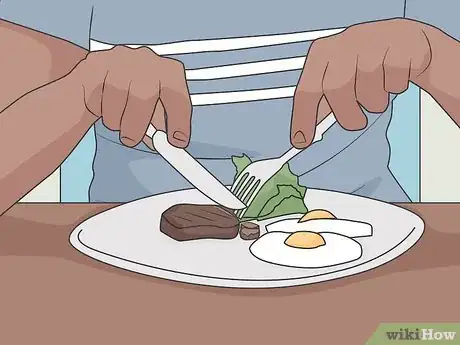








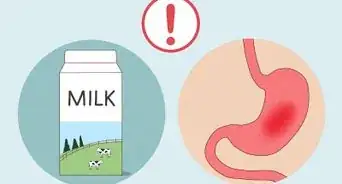
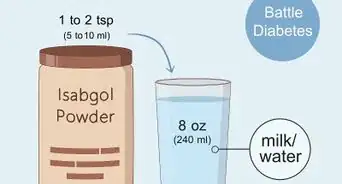


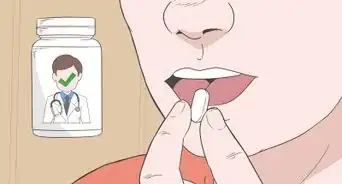


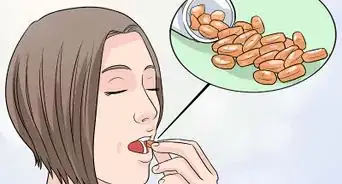
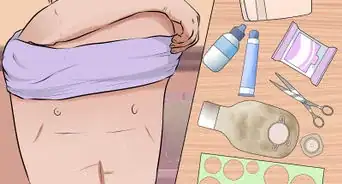


















































Medical Disclaimer
The content of this article is not intended to be a substitute for professional medical advice, examination, diagnosis, or treatment. You should always contact your doctor or other qualified healthcare professional before starting, changing, or stopping any kind of health treatment.
Read More...